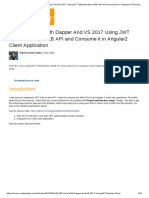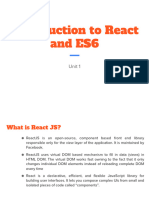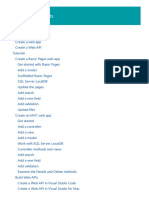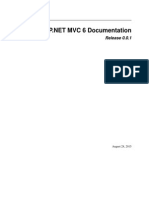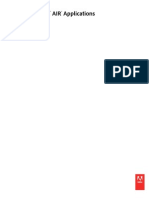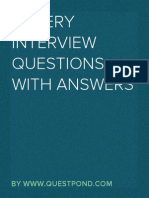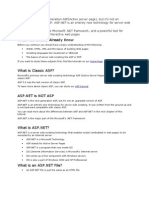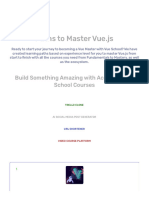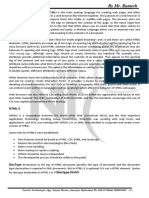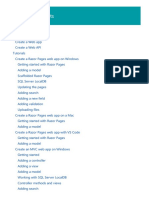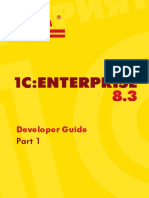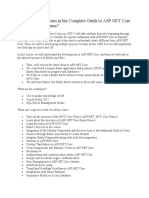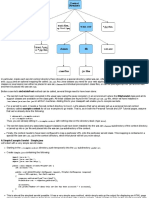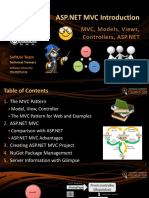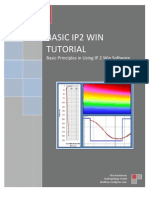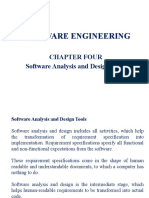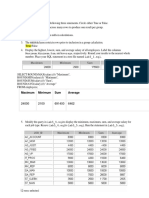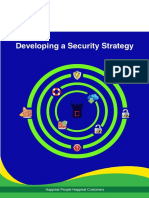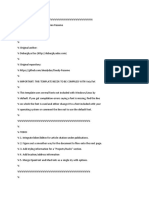0% found this document useful (0 votes)
261 views89 pagesIntroduction To ASP - NET MVC 4
This document provides an introduction to ASP.NET MVC, including:
- An overview of the MVC pattern and how it separates concerns into models, views, and controllers.
- A brief history of ASP.NET MVC and how it builds upon ASP.NET to provide tighter control over markup while remaining testable and extensible.
- Instructions for installing ASP.NET MVC and creating a new MVC project in Visual Studio, including the basic file structure of an MVC application.
- An explanation of routing in ASP.NET MVC, how routes map URLs to controller actions and parameters.
Uploaded by
Ryan BaeCopyright
© © All Rights Reserved
We take content rights seriously. If you suspect this is your content, claim it here.
Available Formats
Download as PPTX, PDF, TXT or read online on Scribd
0% found this document useful (0 votes)
261 views89 pagesIntroduction To ASP - NET MVC 4
This document provides an introduction to ASP.NET MVC, including:
- An overview of the MVC pattern and how it separates concerns into models, views, and controllers.
- A brief history of ASP.NET MVC and how it builds upon ASP.NET to provide tighter control over markup while remaining testable and extensible.
- Instructions for installing ASP.NET MVC and creating a new MVC project in Visual Studio, including the basic file structure of an MVC application.
- An explanation of routing in ASP.NET MVC, how routes map URLs to controller actions and parameters.
Uploaded by
Ryan BaeCopyright
© © All Rights Reserved
We take content rights seriously. If you suspect this is your content, claim it here.
Available Formats
Download as PPTX, PDF, TXT or read online on Scribd
/ 89









